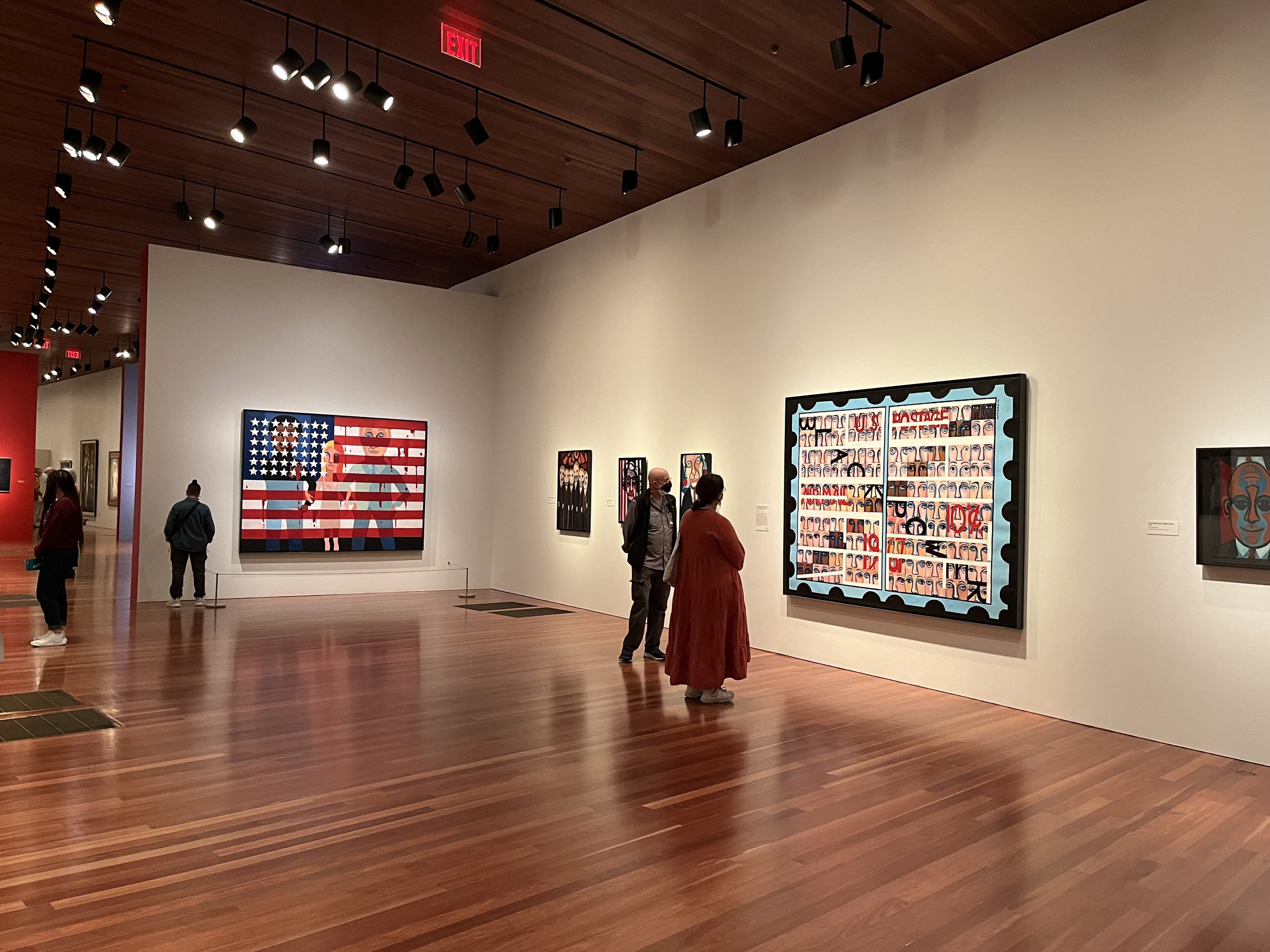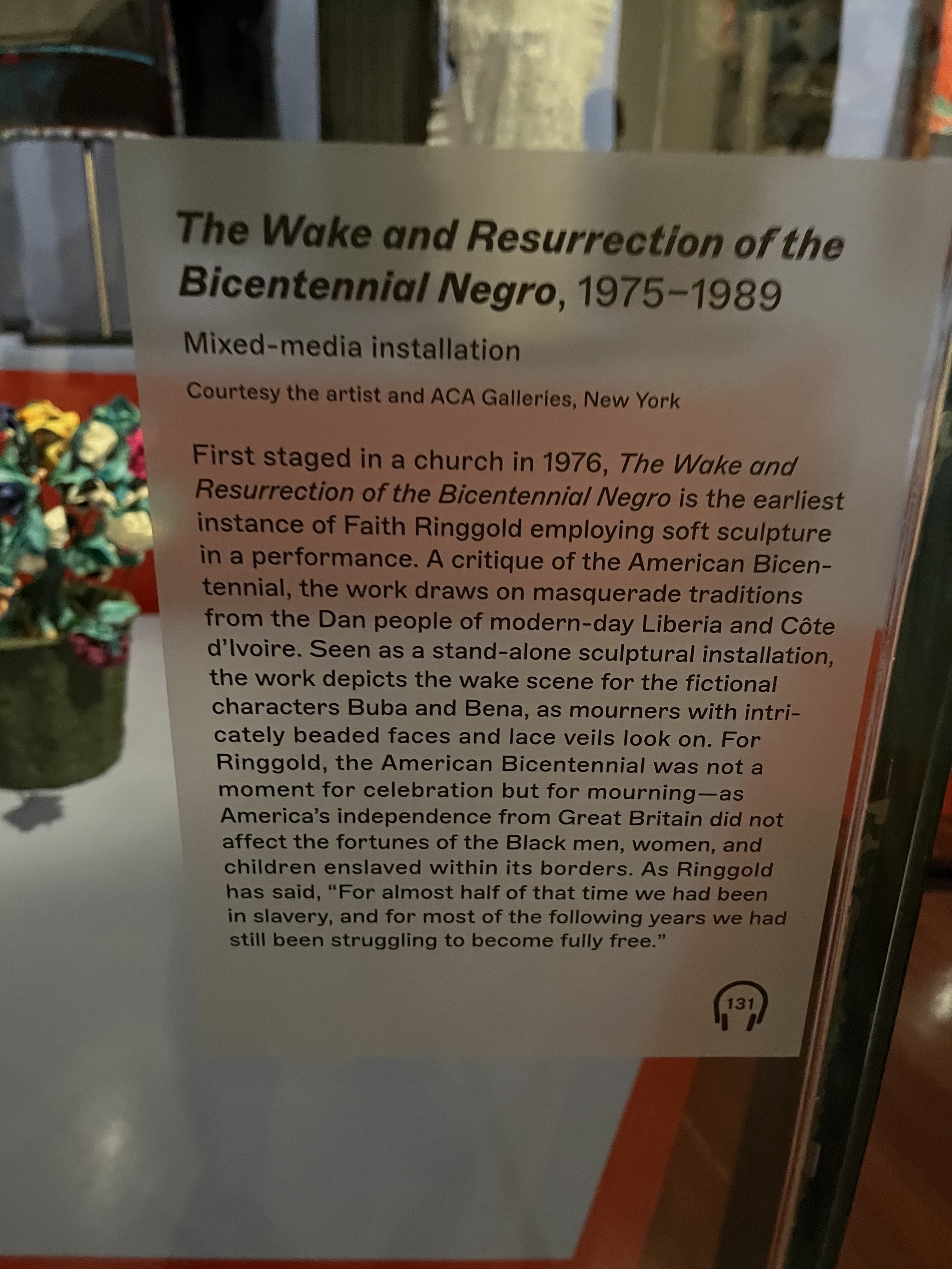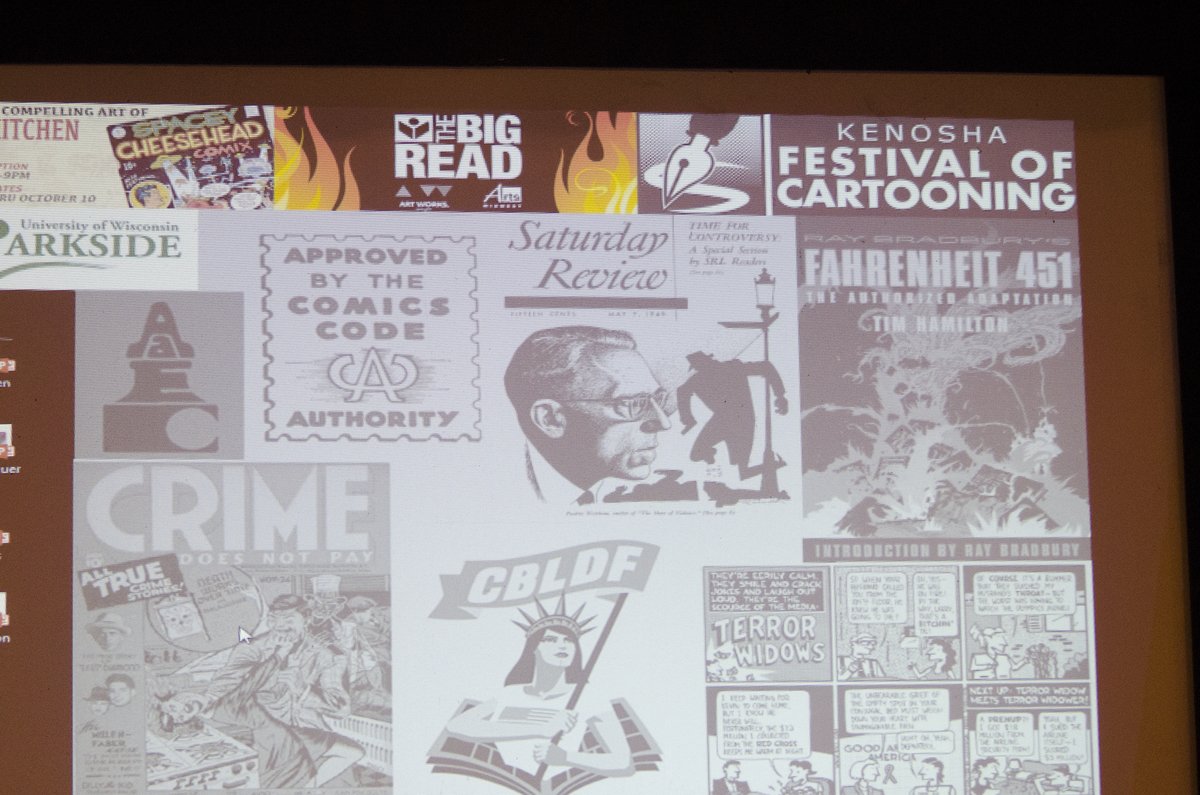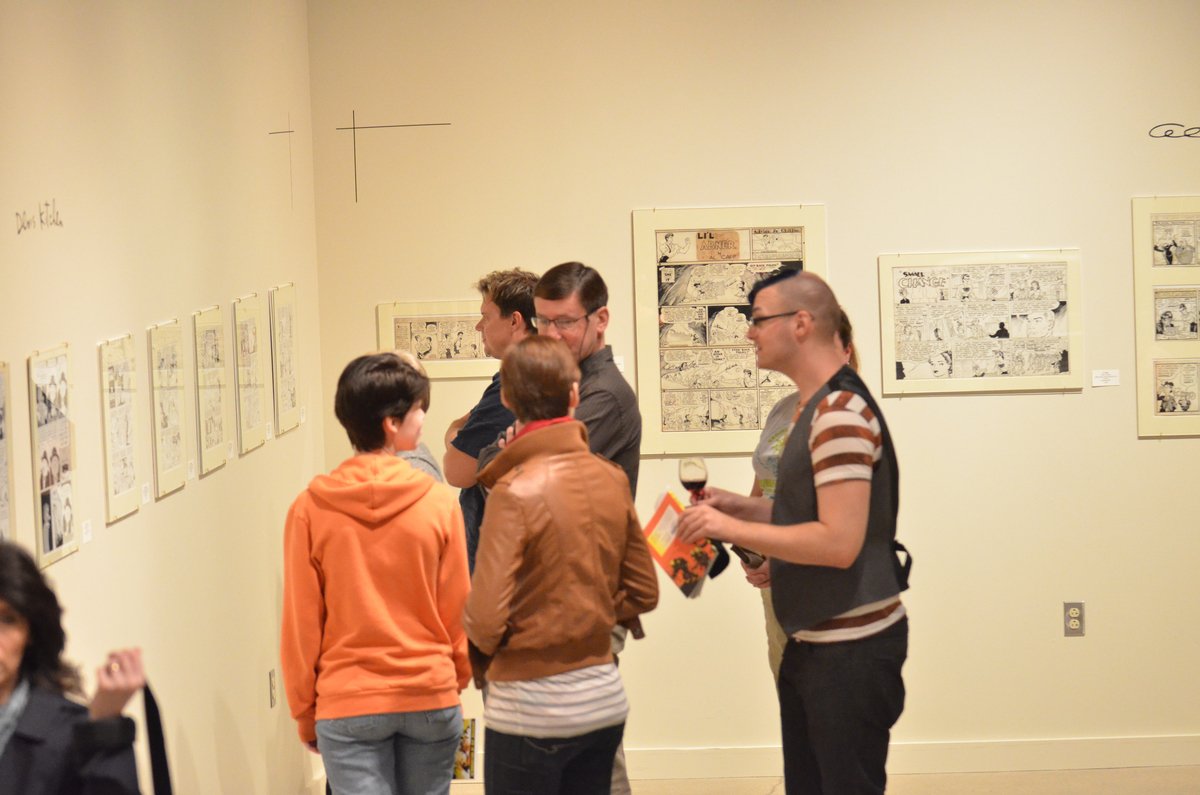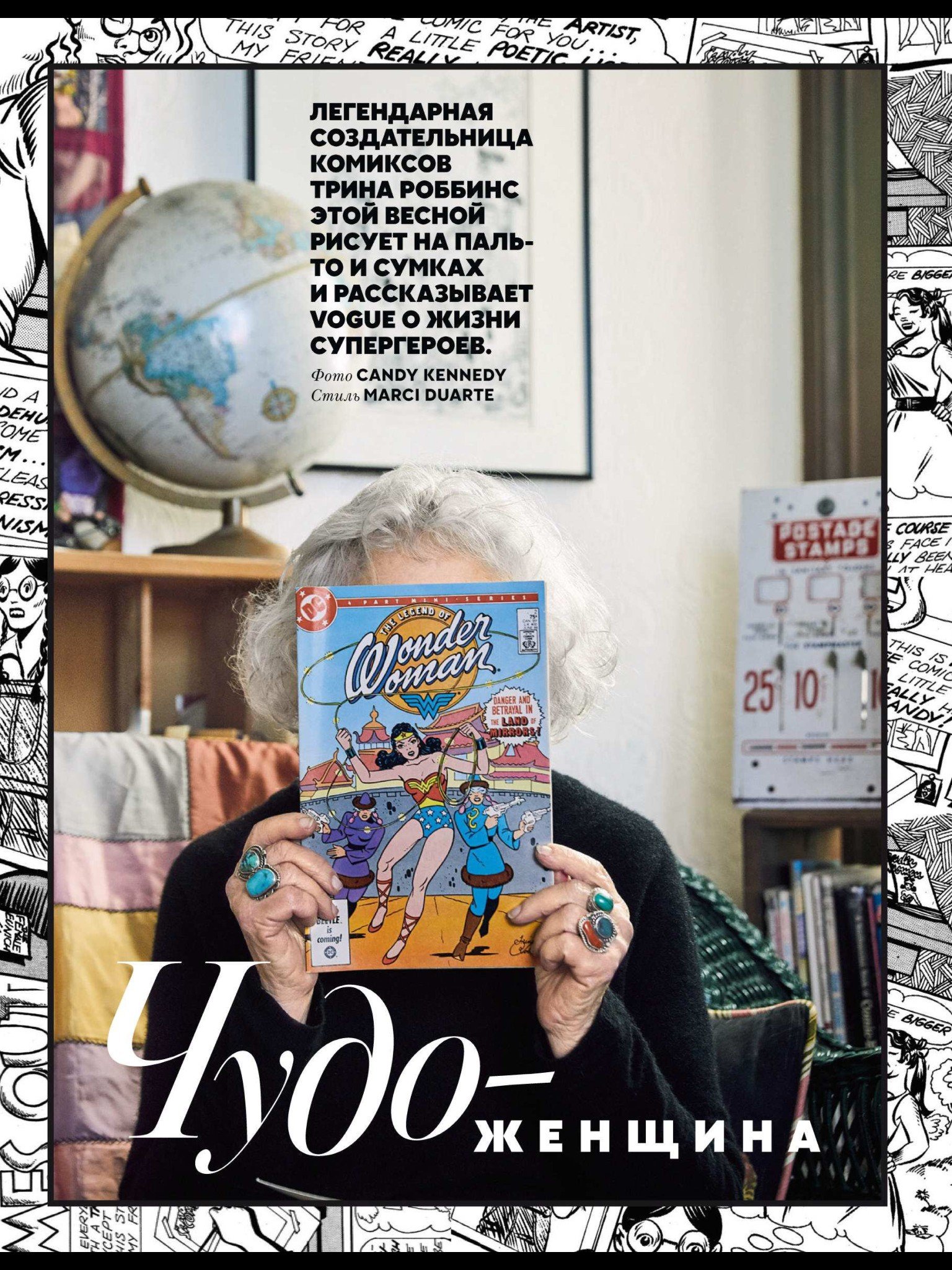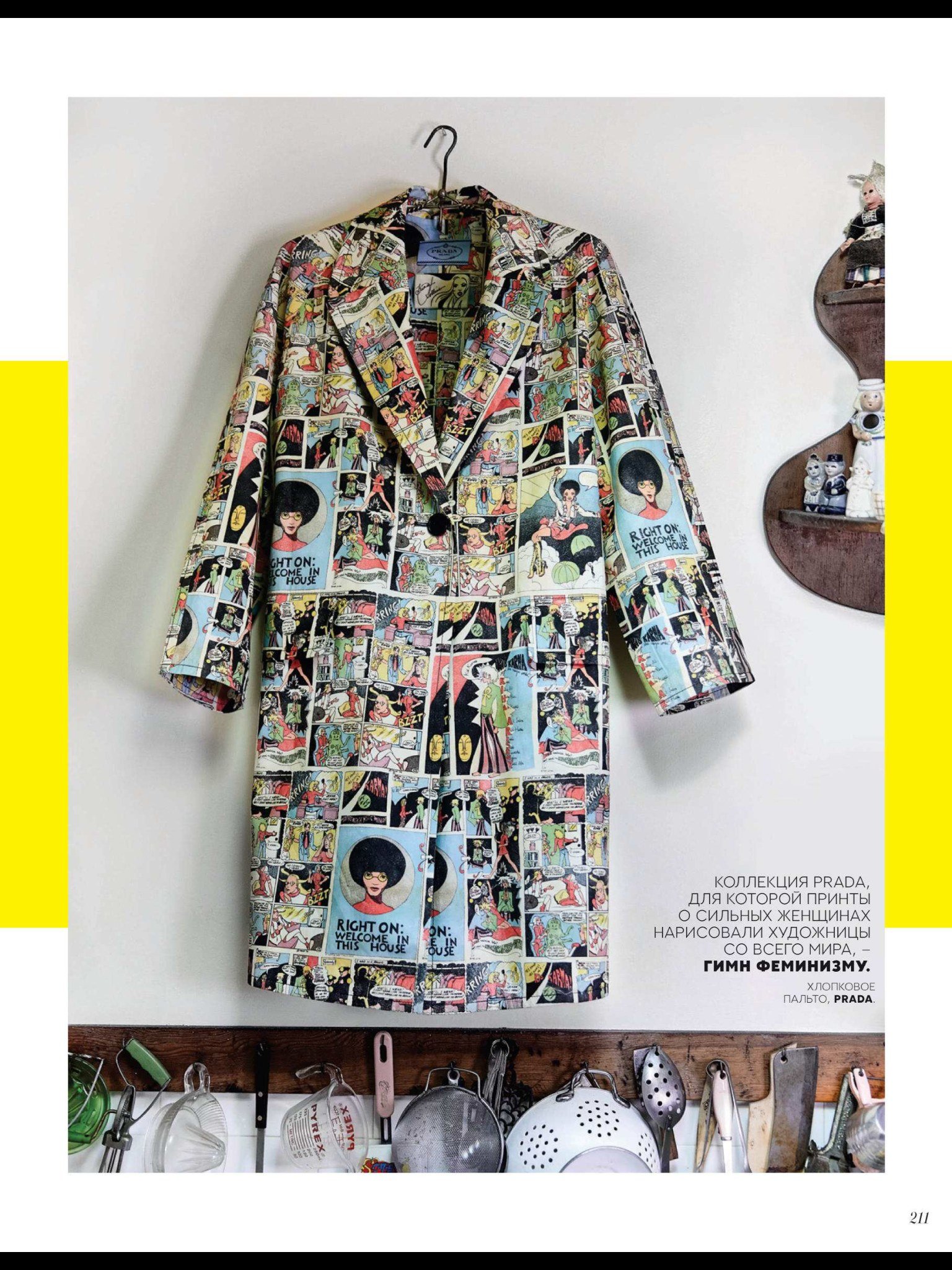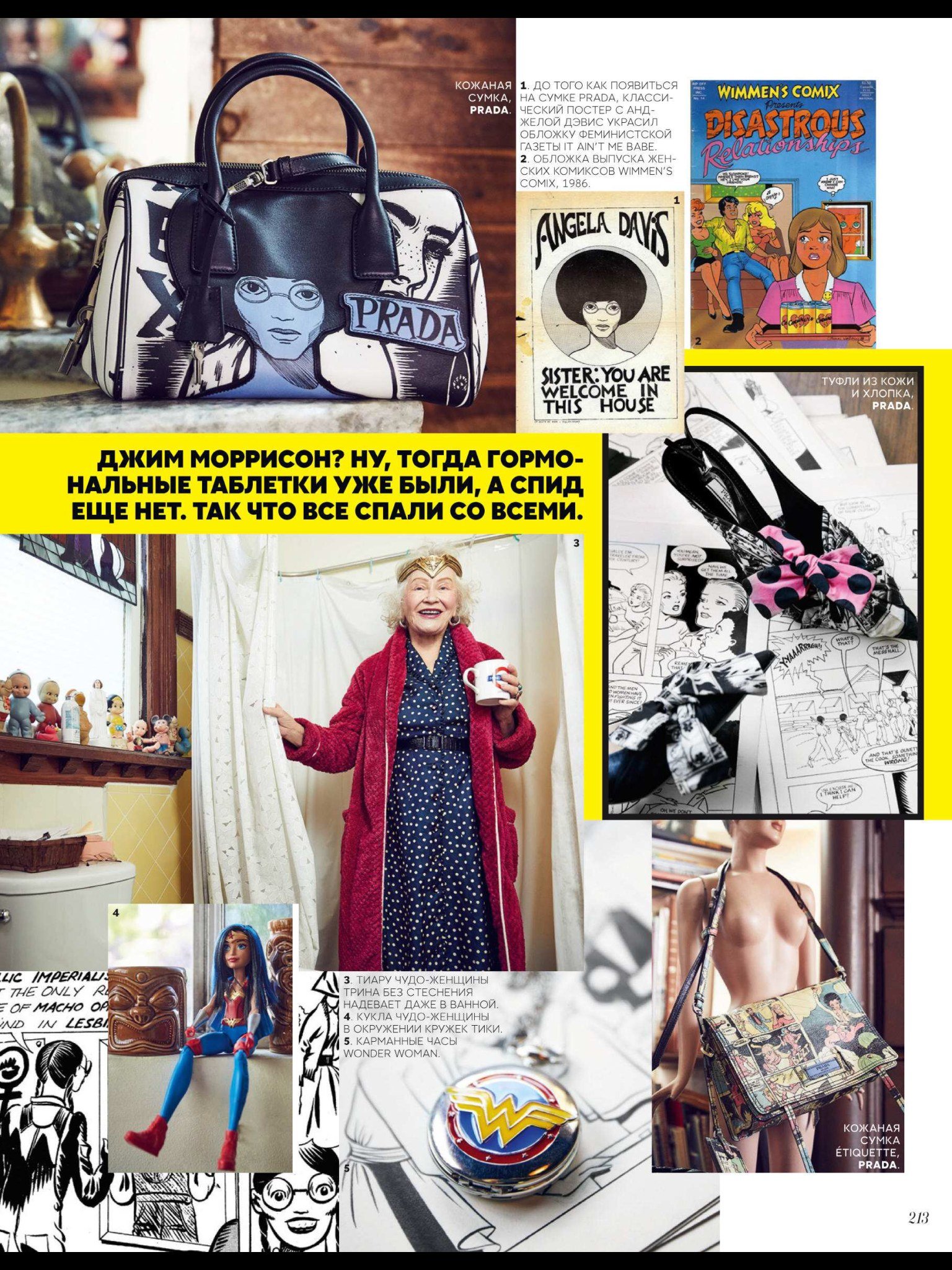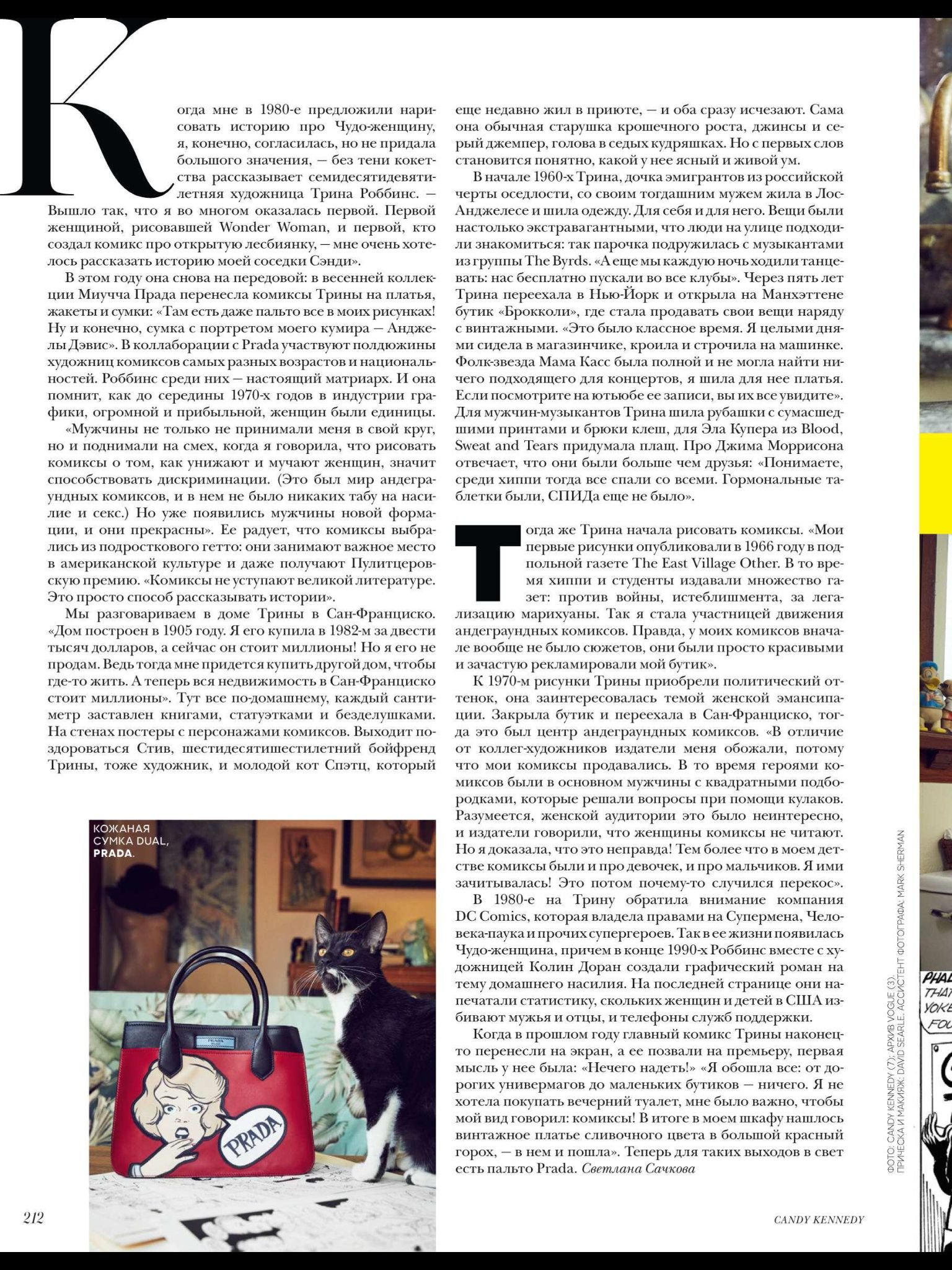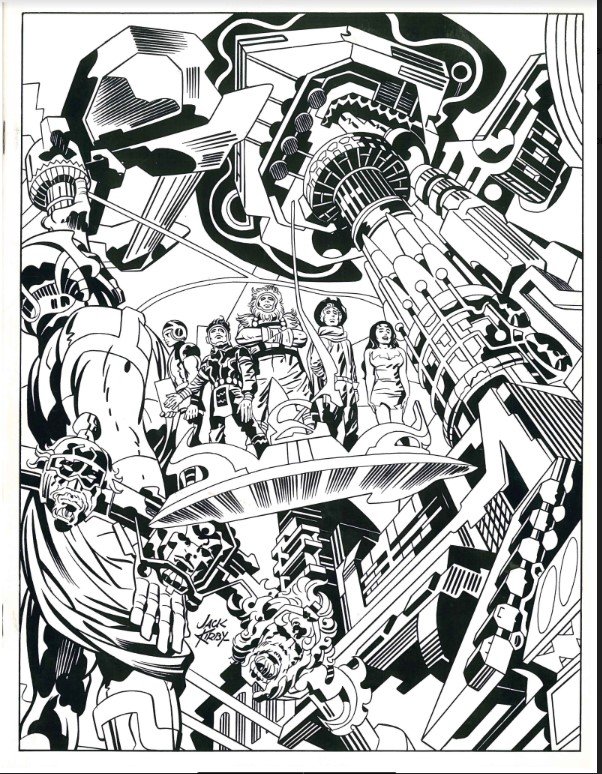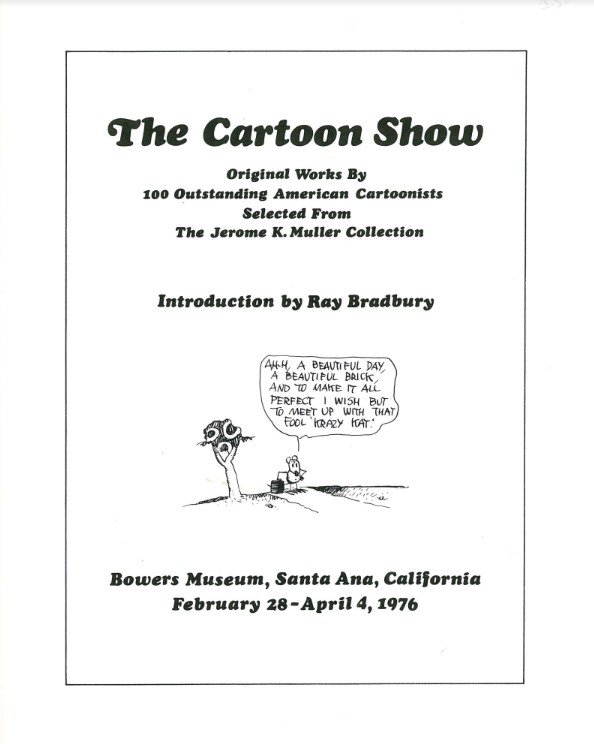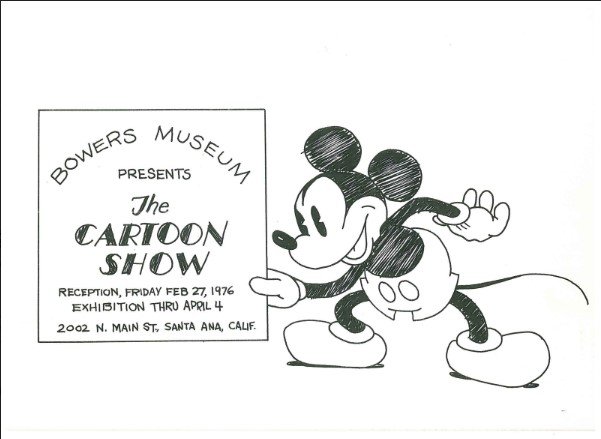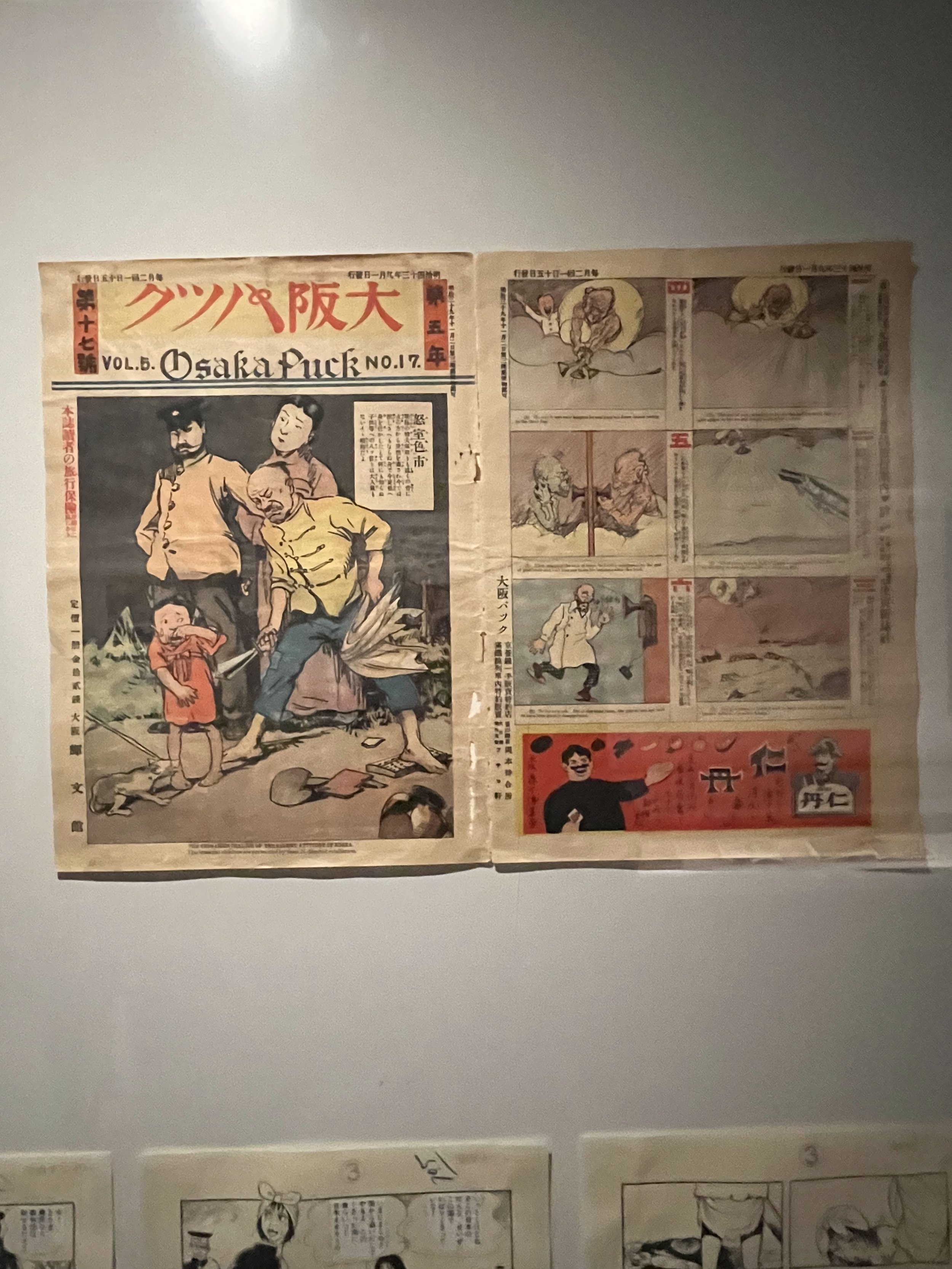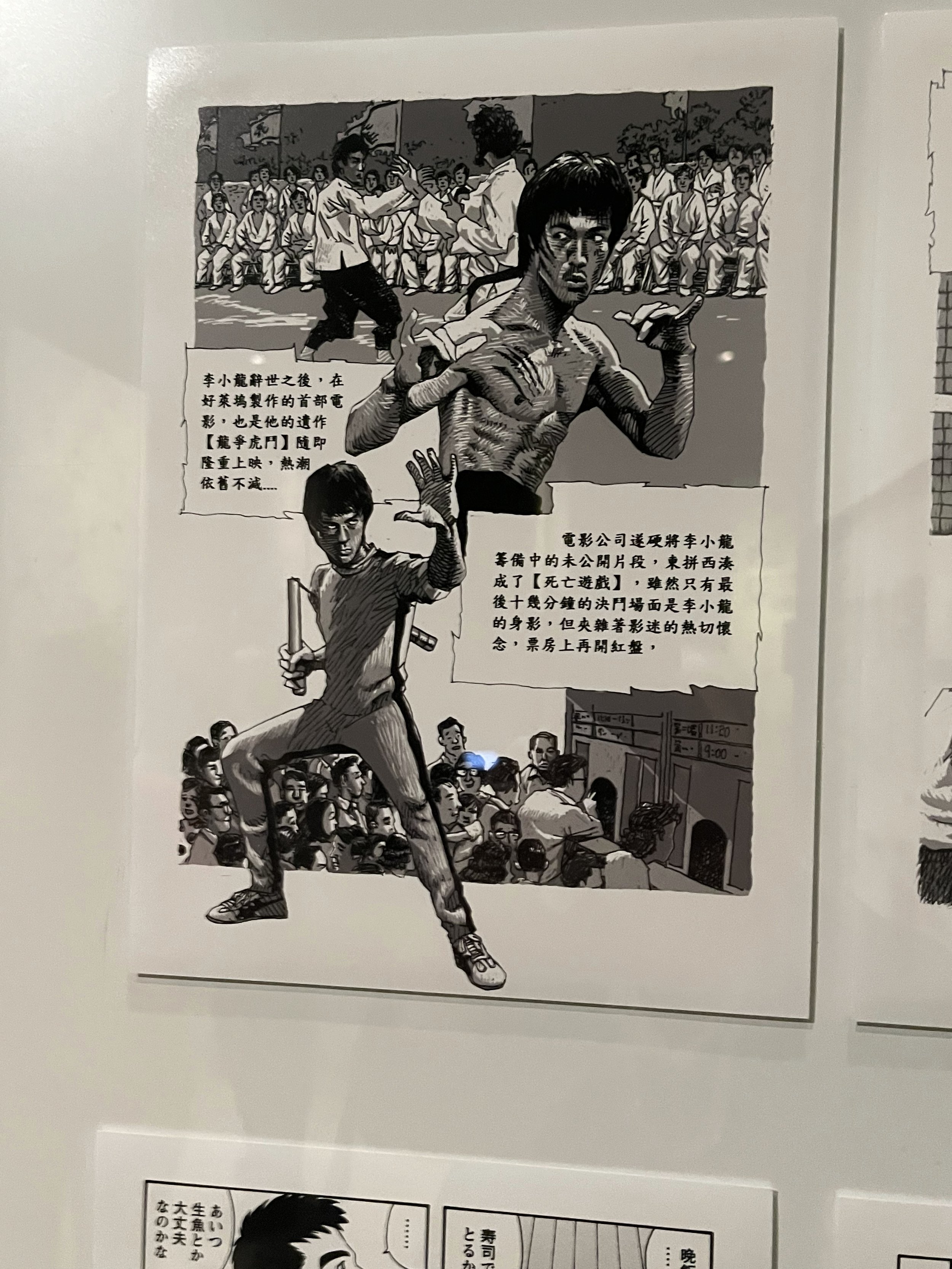During the weekend of the opening, we sadly acknowledged the passing of a giant of manga just a few days before, Akira Toriyama, creator of Akira and Dragonball.
From the Bowers website: “Never-before-seen at a museum and making its American debut, Asian Comics: Evolution of an Art Form presents the largest ever selection of original artworks from Asian comics, displayed alongside their printed, mass-produced forms. This exhibition is a vivid journey through the art of comics and visual storytelling across Asia. From its historical roots to the most recent digital innovations, the exhibition looks to popular Japanese manga and beyond, highlighting key creators, characters, and publications. Explore thriving contemporary comics cultures and traditional graphic narrative artforms from places including:
Bangladesh, Bhutan, Cambodia, China, Hong Kong, India, Indonesia, Japan, Malaysia, Mongolia, North Korea, Pakistan, Philippines, Singapore, South Korea, Sri Lanka, Taiwan, Thailand, Tibet, and Vietnam.
Visitors to Asian Comics will dive into a kaleidoscope of diverse stories, from fantastical folklore, pivotal historical moments, revealing memoirs, and challenging expressions of freedom. Discover acclaimed and influential creators from Osamu Tezuka, Zao Dao, Morel, Hur Young Man, and Lat, to genre innovators and under-represented artists including Abhishek Singh and Miki Yamamoto. See how their work has influenced cinema, animation, fashion, visual art, music, and videogames, and get creative in the accompanying makerspace that’s fun for all ages.
Curated by Paul Gravett with a team of more than twenty international advisors, Asian Comics features over 400 works — the largest selection of artworks from the continent — including Japanese woodblock prints, Hindu scroll paintings, digital media, printed comics, and contemporary illustrations. This unique exhibition makes its North American debut at Bowers Museum and offers a gateway to an unexplored world of graphic storytelling and its artistic value.”


















